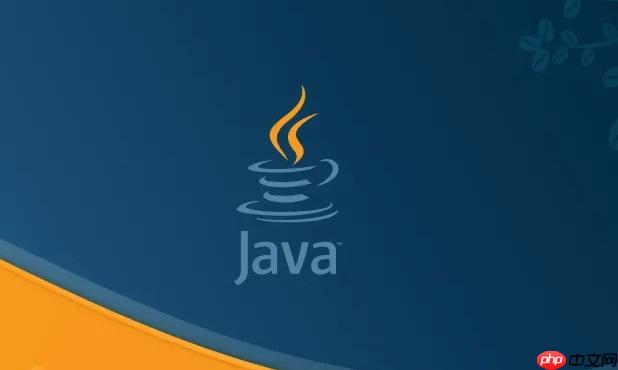
在Java并发编程中,AtomicInteger 是一个非常实用的原子类,用于解决多线程环境下整数操作的线程安全问题。相比使用 synchronized 关键字,AtomicInteger 利用底层的 CAS(Compare-And-Swap)机制实现无锁并发,性能更高,使用也更灵活。
AtomicInteger 的核心是基于 volatile 和 Unsafe 类提供的 CAS 操作。它保证了对整数变量的读-改-写操作是原子的,比如自增、自减、加指定值等。
常见应用场景包括计数器、状态标志、序列号生成等需要高并发读写的场景。
掌握 AtomicInteger 的关键 API 能大幅提升代码的简洁性和可靠性。
立即学习“Java免费学习笔记(深入)”;
incrementAndGet()原子性地将当前值加1并返回新值,等价于 ++i。
适合做计数器递增:
AtomicInteger counter = new AtomicInteger(0); int newValue = counter.incrementAndGet(); // 线程安全的 ++i
先返回当前值,再加1,等价于 i++。注意返回的是旧值。
如果需要判断原始值,应使用此方法:
int oldValue = counter.getAndIncrement();
这是实现乐观锁的基础。只有当前值等于预期值时才更新为新值,返回是否成功。
可用于实现重试机制或状态切换:
while (!counter.compareAndSet(expected, expected + 1)) {
expected = counter.get(); // 重新读取最新值
}
原子性地增加指定增量,支持负数(相当于减)。
counter.addAndGet(5); // 加5 counter.addAndGet(-3); // 减3
虽然 AtomicInteger 使用简单,但仍有几个关键点需要注意。
例如:先判断再更新的操作(if-then-put)不是原子的,必须用循环 + compareAndSet 实现。
利用 AtomicInteger 实现简单的接口调用限流:
AtomicInteger requestCount = new AtomicInteger(0);
int MAX_REQUESTS = 100;
public boolean tryExecute() {
int current;
do {
current = requestCount.get();
if (current >= MAX_REQUESTS) {
return false; // 超过限制
}
} while (!requestCount.compareAndSet(current, current + 1));
return true;
}
这个例子展示了如何用 CAS 实现无锁的条件更新,避免竞态条件。
基本上就这些。AtomicInteger 是并发工具箱中的基础但强大的组件,理解其原理和正确使用方式,能有效提升多线程程序的性能与稳定性。
以上就是Java中AtomicInteger原子类使用技巧的详细内容,更多请关注php中文网其它相关文章!

每个人都需要一台速度更快、更稳定的 PC。随着时间的推移,垃圾文件、旧注册表数据和不必要的后台进程会占用资源并降低性能。幸运的是,许多工具可以让 Windows 保持平稳运行。

Copyright 2014-2025 https://www.php.cn/ All Rights Reserved | php.cn | 湘ICP备2023035733号